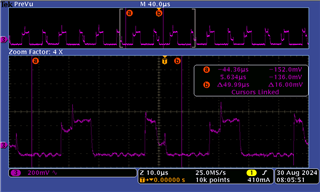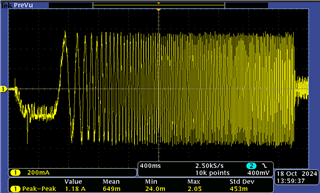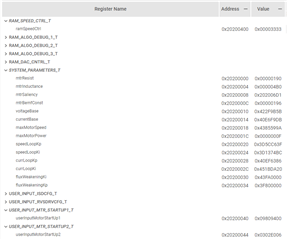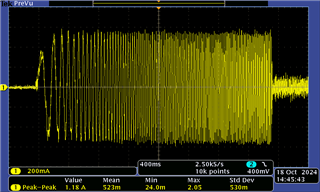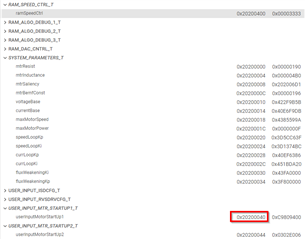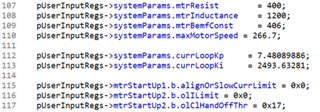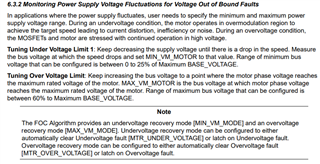Other Parts Discussed in Thread: DRV8329,
Tool/software:
Hello everyone,
In the FOC tuning guide ( link , page 5) , it is mentioned that IPD startup method uses all three phase currents for detecting the initial position and to accelerate the motor in open loop mode until sufficient BEMF is achieved. The setup I am using has the LP-MSPM0G3507 and the DRV8329 EVM and using the example FOC code provided in SDK mspm0_sdk_2_02_00_05 . ( Motor link )
In the tuning guide above, they recommend to use align and go as the startup procedure and it should work for most motors, however it just stalls when I try to do so .
1. However, when I tried using IPD as the startup method , the motor successfully entered closed loop state and I am able to control the speed using the GUI successfully. The DRV8329 EVM has a single shunt setup only , still how is it running with IPD and not align or slow first cycle .
2. I have already tried doing the changes in the tuning parameters for both as mentioned in the guide but am still unable to get align and slow first cycle to successfully even enter open loop mode.
Thanks in advance,
Om Dave



